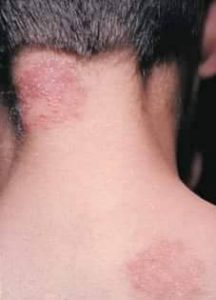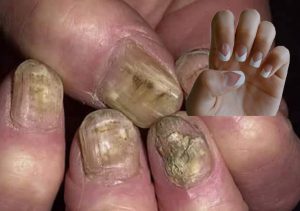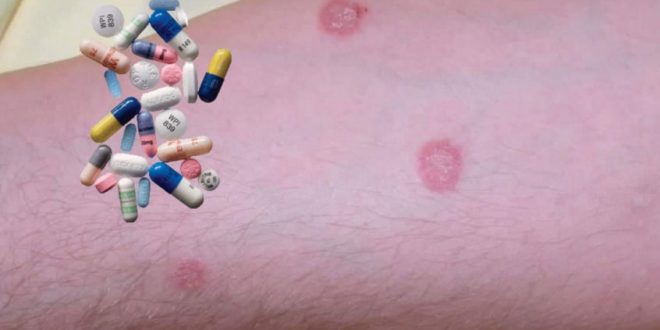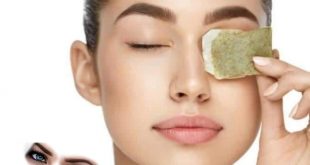Tinea corporis treatment is the main concern of people with this disease because it causes many physical and moral problems for the patient, which is a skin disease that affects humans and animals. Here we will explain what tinea corporis is, what its treatments are, its causes, symptoms and other related information.
Tinea corporis:
It is a skin disease caused by fungi that infect the skin. The disease is characterized by the appearance of a circular rash and a red color. tinea corporis may appear on the scalp or foot. The disease is transmitted through direct contact between an infected skin and a healthy one. The patient develops symptoms such as itching in the affected area. tinea corporis is often treated with antifungal medications, and these drugs are placed directly on the affected skin, but if the infection is severe and more severe it may be treated by taking antifungal medications as pills through the mouth.
Tinea corporis types:
This disease affects humans and animals, so infection can also be transmitted by infected animals. tinea corporis may appear in an area of the body and then move to other places. This disease has many types that depend on the location of the infection, and these types include:
- Tinea corporis affecting the scalp: This type is most common in children and causes small sores in the scalp.
- Tinea corporis affecting the skin: This type appears in the form of red circular patches on the skin of the infected person.
- Tinea corporis that affects the foot: This type is called sports foot disease.
- Tinea corporis that occurs because of fungal infections: This type is common in young and old, known as -jock-itch.

Causes of infection:
Tinea corporis is a highly pathogenic fungal disease, which is easily transmitted among infected people. Ways of transmission are:
- Human-human contact: This disease and most fungal diseases, in general, can be transmitted through direct contact between healthy and infected skin.
- Human-animal contact: The disease may spread among pets and then infect the owners of these animals if direct contact occurs with them. It can be spread among cats and dogs as well as in rural animals such as cows.
- Contact with objects containing fungi: Tinea corporis may occur when contact with objects or surfaces of objects that have been used or touched by a patient who has previously had this type of fungus, including clothing, towels, bedsheets, linens, butterflies, and combs.
- Contact with soil: In rare cases, tinea corporis can spread to humans by contact with soil containing fungi causing the disease, but this often requires long-term contact with soil heavily contained on fungi.
Tinea corporis symptoms:
Symptoms and signs associated with tinea corporis usually vary depending on where the skin is infected, but the main skin symptoms include:
- Reddish, sourcing, peeling and high areas or patches from the surface of the skin.
- Patches that develop to form blisters or areas that begin to be red.
- Areas that look redder more than other areas of the skin and edges to form a circle that looks like the ring.
Areas on the skin are defined and elevated. - On the nail, the nails become thick, change color or disappear, and become easy to break.
- When the scalp is infected, surrounding hair is affected and becomes more prone to lose, and areas of baldness may also appear.
Diagnostic:
The doctor diagnoses tinea corporis by identifying the infected lesion and may use a dedicated black light to view and identify the affected skin. Fungi appear brightly under black light. the doctor may order the following tests to confirm the diagnosis:
- Take a skin biopsy or a swab for laboratory transplantation, where the doctor takes a sample of the lesion from which the liquid comes out and then sends this sample to the competent laboratories to examine it and look for fungi.
- To further confirm the diagnosis your doctor may request a potassium hydroxide test or KOH. The doctor scrapes a small area of the affected skin and puts it on potassium hydroxide, where this solution kills healthy cells and leaves the fungus without effect, which helps to identify and examine it under a microscope.

Tinea corporis treatment:
If the patient scratches the skin, he or she may be exposed to a bacterial infection, so the doctor may prescribe antibiotics to treat this infection. tinea corporis treatment depends on its type, but in general, doctors will treat the disease by using medications or by inducing the patient to Some health practices during his daily life. these methods will be explained as follows:
Medications: The doctor will prescribe many medications, depending on the severity of the disease, may prescribe topical medications such as antifungal creams, ointments or gels to treat itching and to treat herpes that affects the foot, scalp, nails and other skin areas. These medications are:
- Clotrimazole
- Miconazole
- Kitukinazole.
- Terbiaevin.
In some cases that do not respond to these treatments, especially those affecting the areas of the scalp or nails, it may be necessary to take certain medications orally such as: - Terpenaevin.
- Itraconazole.
- Fluconazole.
Health care for the patient: Doctors recommend certain behaviors as a tinea corporis treatment in addition to using medications such as avoiding clothes that irritate the affected area. Cover the affected area with a bandage when wearing clothes that irritate it. Cleanse the environment by washing bedding and clothing daily or constantly cleaning the body.
Tinea corporis prevention:
Tinea corporis is an innate disease that is difficult to prevent because the fungus that causes the disease is highly contagious and common and may cause infection before symptoms appear. In general, the following guidelines can be followed to reduce the incidence of infection:
- Self-awareness and awareness of others: The risks of tinea corporis should be well known in people infected. Children should also be educated to avoid getting sick.
- Keep ing clean: Hands should always be washed to avoid transmission, and people-to-people areas in schools, childcare centers, sports clubs, and locker rooms should be kept clean.
- Keep skin dry: Avoid clothing that causes excessive sweating in hot weather for long periods, and avoid wet weather as much as possible.
- Avoiding infected animals: The animal’s infection appears to be a specific area with no fur. This may not be observed in all infected animals, so they should visit the veterinarian periodically when the person has pets at home.
- Don’t share other people’s things.: Stay away from sharing clothes, towels, hair combs, and other special things.
 healthy life for all healthy life for all
healthy life for all healthy life for all






